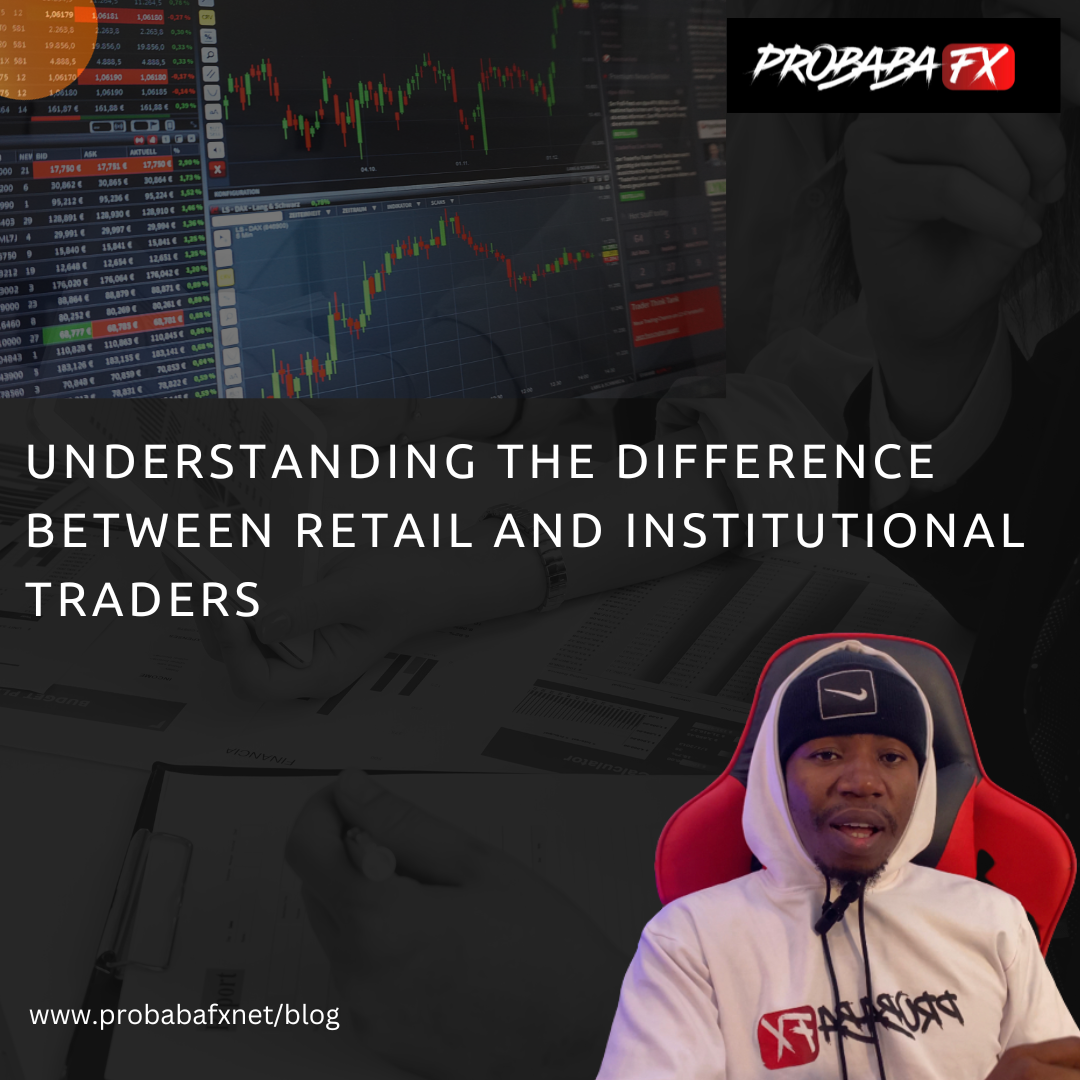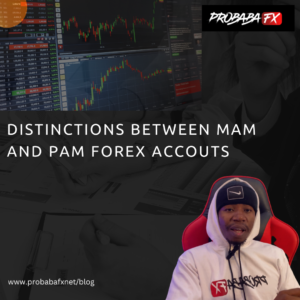Two different types of traders, institutional and retail, influence the ebb and flow of transactions in the wide world of financial markets. Navigating the intricate world of trading requires an understanding of the subtle differences between these two groups.
Institutional Traders
Investment banks, pension funds, hedge funds, and other sizable financial organizations are represented by institutional traders. They can greatly impact market movements due to their immense size and financial power. The following are salient features:
-
Volume and Impact:
Due to their large transaction execution volumes, they have a major impact on pricing and market liquidity. Their dealings have the power to dramatically alter market trends and dynamics.
-
Complex Trading Strategies:
Organizations frequently use sophisticated trading strategies that make use of cutting-edge technology and algorithms. They can do in-depth market research and implement strategies thanks to their access to a wealth of resources.
-
Long-Term Focus:
The investing horizon of institutional traders is usually long-term. They frequently use long-term risk management and portfolio diversification in their tactics.
Retail Traders
These kinds of traders engage in the financial markets for their personal investment. The following are salient features:
-
Limited Capital:
Compared to their institutional counterparts, retail traders use less capital to operate. The market prices might not be significantly affected by their trades.
-
Accessible Platforms:
Retail traders now have direct access to the financial markets thanks to the development of Internet trading platforms. Due to its accessibility, trade has become more accessible, and anybody may now participate in international marketplaces.
-
Different Trading Styles:
Retail traders have a wide variety of trading strategies, ranging from long-term investment to swing and day trading. Their tactics frequently take into account each person’s preferences, risk tolerance, and financial objectives.
Divergent Approaches
-
Risk Appetite:
Because of their vast resources, institutional traders are frequently able to take on greater risks. Due to their smaller trading capital, retail traders are typically more cautious and may use conservative risk management techniques.
-
Information Access:
Access to unique market insights and research is frequently available to institutions. Since retail traders rely on information that is readily available to the public, their impressions of the state of the market may differ.
Conclusion:
Navigating the financial markets requires an understanding of the differences between institutional and retail traders. Retail traders add to the market’s liquidity and variety, while institutions influence the overall market environment. Every group offers unique advantages and difficulties to the trade floor.



